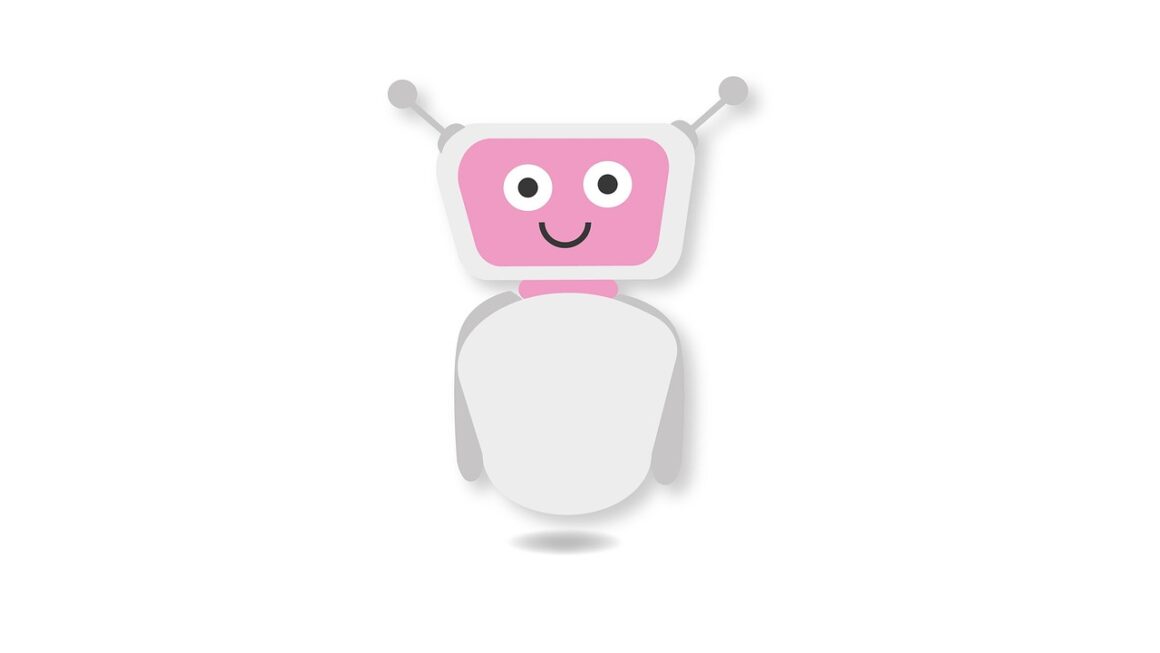The marketing landscape is constantly evolving, but one thing is clear: artificial intelligence (AI) is no longer a futuristic concept; it’s a present-day reality transforming how businesses connect with their audiences. From personalized email campaigns to predictive analytics, AI is revolutionizing the way marketers understand, engage, and convert customers. This blog post delves into the multifaceted world of AI in marketing, exploring its various applications, benefits, and potential challenges. Get ready to discover how AI can empower your marketing strategies and unlock unprecedented growth.
Understanding AI’s Role in Modern Marketing
What is AI in Marketing?
AI in marketing involves using artificial intelligence technologies to automate and improve marketing processes. This includes tasks like data analysis, content creation, customer segmentation, and campaign optimization. AI algorithms analyze vast amounts of data to identify patterns, predict customer behavior, and personalize marketing messages, ultimately leading to more effective campaigns and better ROI. Think of it as having a super-powered assistant that never sleeps and can spot trends hidden within your customer data.
Key AI Technologies Used in Marketing
Several AI technologies are driving innovation in marketing:
- Machine Learning (ML): ML algorithms learn from data without explicit programming, enabling them to predict future outcomes and improve performance over time.
- Natural Language Processing (NLP): NLP allows computers to understand and process human language, enabling chatbots, sentiment analysis, and content generation.
- Computer Vision: Computer vision enables machines to “see” and interpret images, facilitating tasks like image recognition and analysis for advertising targeting.
- Predictive Analytics: This uses statistical techniques to predict future outcomes based on historical data, helping marketers anticipate customer needs and behavior.
- Example: A retailer uses machine learning to analyze past purchase data to predict which customers are most likely to purchase a new product. They then send personalized email campaigns to those customers, resulting in a 20% increase in sales compared to a generic email blast.
Enhancing Customer Experience with AI
Personalized Marketing
AI allows for hyper-personalization, tailoring marketing messages and offers to individual customer preferences. By analyzing data such as browsing history, purchase behavior, and demographics, AI can create customized experiences that resonate with each customer.
- Dynamic Content: Websites and email campaigns that adapt their content based on user behavior.
- Personalized Recommendations: Product suggestions tailored to individual preferences, increasing the likelihood of conversion.
- AI-Powered Chatbots: Providing instant customer support and personalized recommendations, improving customer satisfaction.
- Example: Netflix uses AI to analyze viewing habits and recommend movies and TV shows that align with each user’s interests. This keeps users engaged and coming back for more.
Customer Segmentation and Targeting
AI enables more precise customer segmentation, allowing marketers to target specific groups with tailored messages. This improves campaign effectiveness and reduces wasted ad spend.
- Behavioral Segmentation: Grouping customers based on their online behavior, such as website visits and purchase history.
- Predictive Segmentation: Identifying customers who are likely to convert or churn based on predictive models.
- Lookalike Audiences: Finding new customers who share similar characteristics with existing high-value customers.
- Example: A travel company uses AI to identify customers who are likely to book a vacation based on their browsing history and past travel behavior. They then target those customers with personalized travel offers, resulting in a higher conversion rate.
Optimizing Marketing Campaigns with AI
Predictive Analytics for Campaign Performance
AI-powered predictive analytics can forecast campaign performance and identify areas for improvement. This allows marketers to optimize campaigns in real-time and maximize ROI.
- Predictive Budget Allocation: Distributing marketing budget across different channels based on predicted performance.
- Real-Time Bidding (RTB): Automating the bidding process for online advertising based on real-time data and predictive models.
- A/B Testing Optimization: Using AI to automatically identify the best-performing variations of ads and landing pages.
- Example: An e-commerce company uses AI to predict which ad creatives will perform best based on historical data and audience targeting. This allows them to optimize their ad campaigns and achieve a higher click-through rate (CTR).
Automating Marketing Tasks
AI can automate repetitive marketing tasks, freeing up marketers to focus on more strategic initiatives.
- Email Marketing Automation: Automating email campaigns based on triggers such as website visits and form submissions.
- Social Media Management: Scheduling posts, monitoring mentions, and analyzing sentiment using AI-powered tools.
- Lead Scoring and Qualification: Automatically scoring leads based on their likelihood to convert, allowing sales teams to focus on the most promising prospects.
- Example: HubSpot’s marketing automation features utilize AI to personalize email sends based on behavioral triggers, leading to increased engagement and conversion rates for their users.
Content Creation and Curation Powered by AI
AI-Driven Content Generation
AI can assist in creating various types of content, from blog posts and articles to social media updates and product descriptions. While AI-generated content may not completely replace human creativity, it can significantly speed up the content creation process.
- Article Summarization: AI can quickly summarize long-form content, making it easier to digest.
- Content Repurposing: AI can help repurpose existing content into different formats, such as blog posts into infographics or videos.
- Headline Optimization: AI can suggest compelling headlines that are more likely to attract attention and drive clicks.
- Example: Tools like Jasper and Copy.ai use AI to generate original marketing copy, including ad headlines, website copy, and product descriptions.
Content Curation and Recommendations
AI can curate relevant content from various sources and recommend it to specific audiences, improving engagement and thought leadership.
- Content Discovery: Identifying trending topics and relevant articles based on user interests.
- Personalized Content Feeds: Creating customized content feeds that cater to individual user preferences.
- Automated Social Media Sharing: Sharing relevant content on social media platforms based on predefined criteria.
- Example: BuzzSumo uses AI to analyze content performance and identify trending topics, helping marketers create content that resonates with their target audience.
Addressing Challenges and Ethical Considerations
Data Privacy and Security
Using AI in marketing requires collecting and analyzing vast amounts of customer data, which raises concerns about data privacy and security.
- Compliance with GDPR and CCPA: Ensuring that data collection and usage practices comply with data privacy regulations.
- Data Encryption: Protecting sensitive customer data through encryption and other security measures.
- Transparency and Consent: Obtaining explicit consent from customers before collecting and using their data.
Algorithmic Bias
AI algorithms can perpetuate and amplify existing biases if they are trained on biased data.
- Bias Detection: Regularly auditing AI algorithms for bias and taking steps to mitigate it.
- Diverse Training Data: Using diverse and representative datasets to train AI algorithms.
- Human Oversight: Ensuring that AI-powered decisions are reviewed by humans to prevent unfair or discriminatory outcomes.
Job Displacement
The automation of marketing tasks through AI may lead to job displacement in some areas.
- Upskilling and Reskilling: Investing in training programs to help marketers develop new skills that are in demand.
- Focus on Strategic Roles: Shifting the focus of marketing roles from routine tasks to strategic planning and creative initiatives.
- Collaboration between Humans and AI:* Embracing a collaborative approach where humans and AI work together to achieve better results.
Conclusion
AI is transforming the marketing landscape, offering unprecedented opportunities to personalize customer experiences, optimize campaigns, and streamline operations. While there are challenges and ethical considerations to address, the potential benefits of AI in marketing are undeniable. By understanding the various applications of AI and embracing a data-driven approach, marketers can unlock new levels of efficiency, effectiveness, and customer engagement. Now is the time to explore how AI can empower your marketing strategies and drive sustainable growth.




